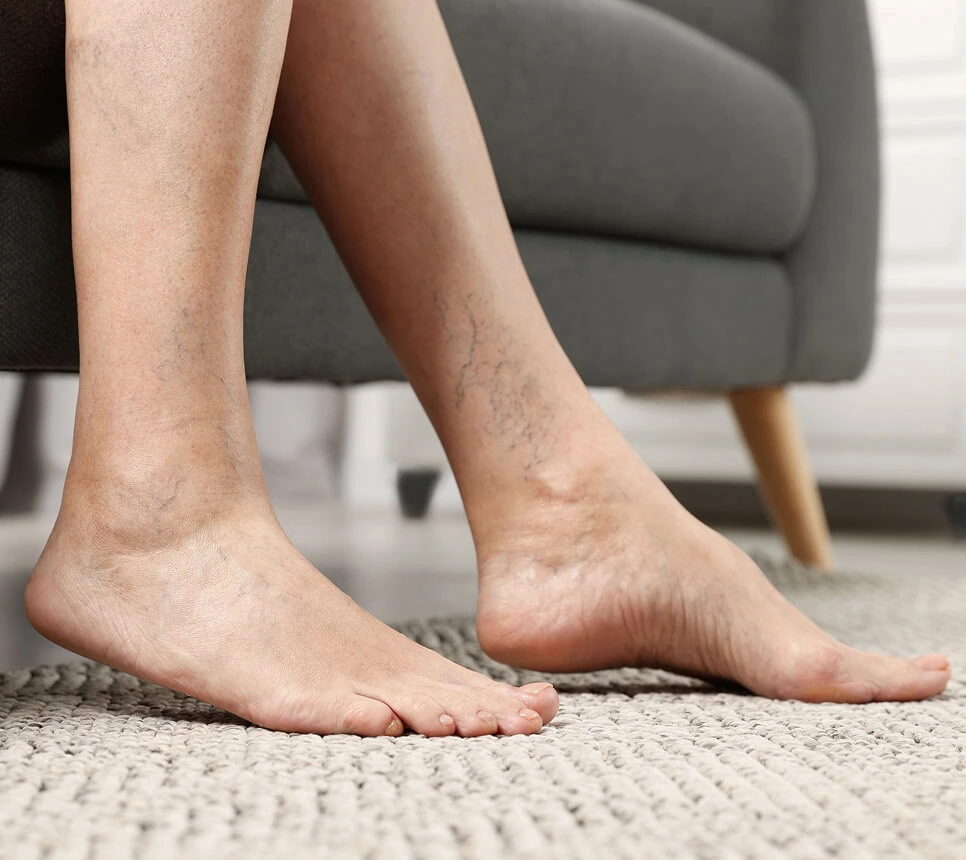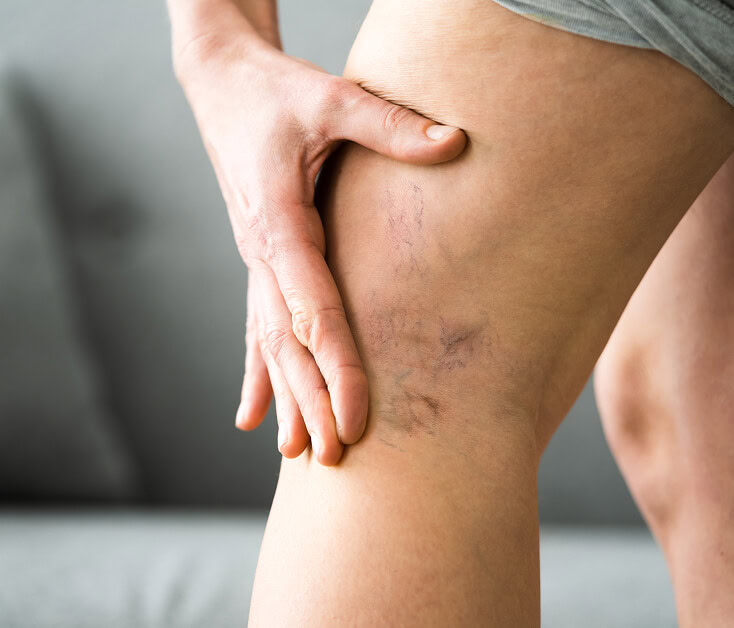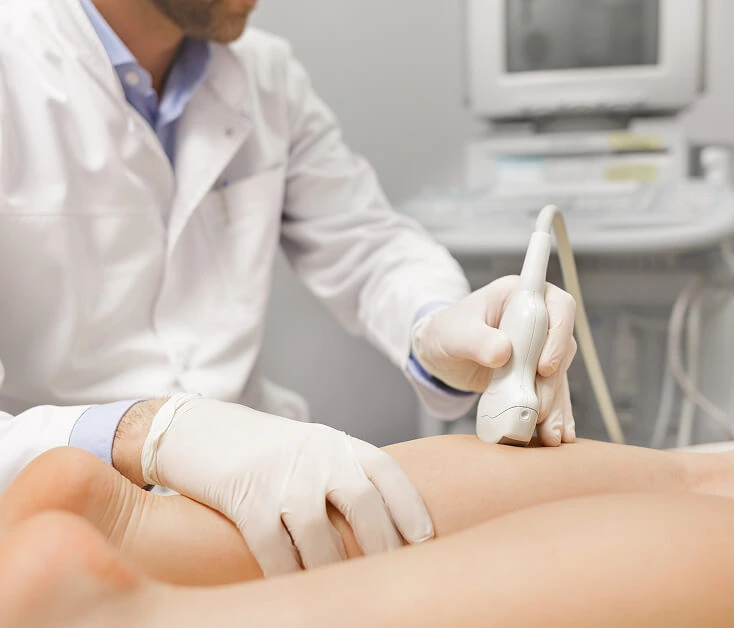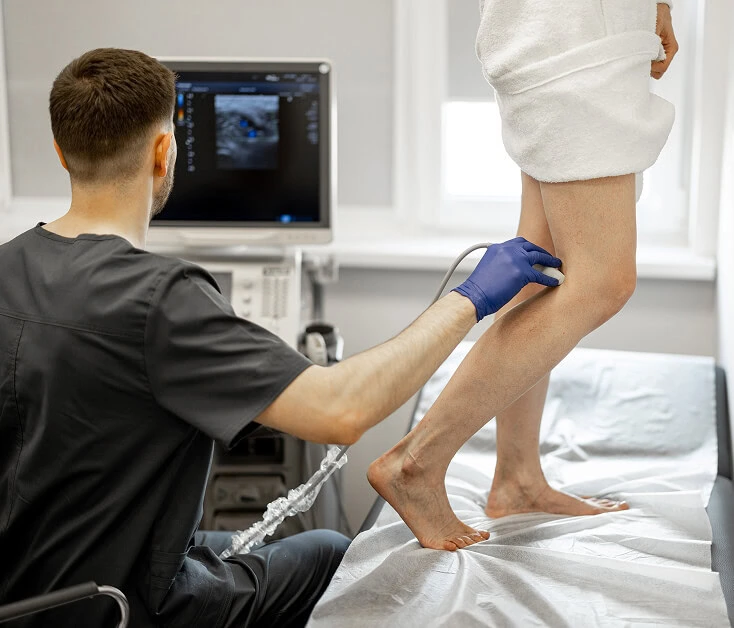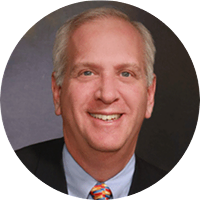“My experiences with The Kimmel Institute have been very positive. The receptionists, Christina and Ingrid, were both polite and helpful. Gloria was friendly and helpful, too. Melissa, Dr Kimmel’s assistant, was very professional, caring, and explained what was happening throughout the procedure. Dr. Kimmel was both kind and extremely adept. I would recommend the Kimmel Institute for any vascular procedures.”

